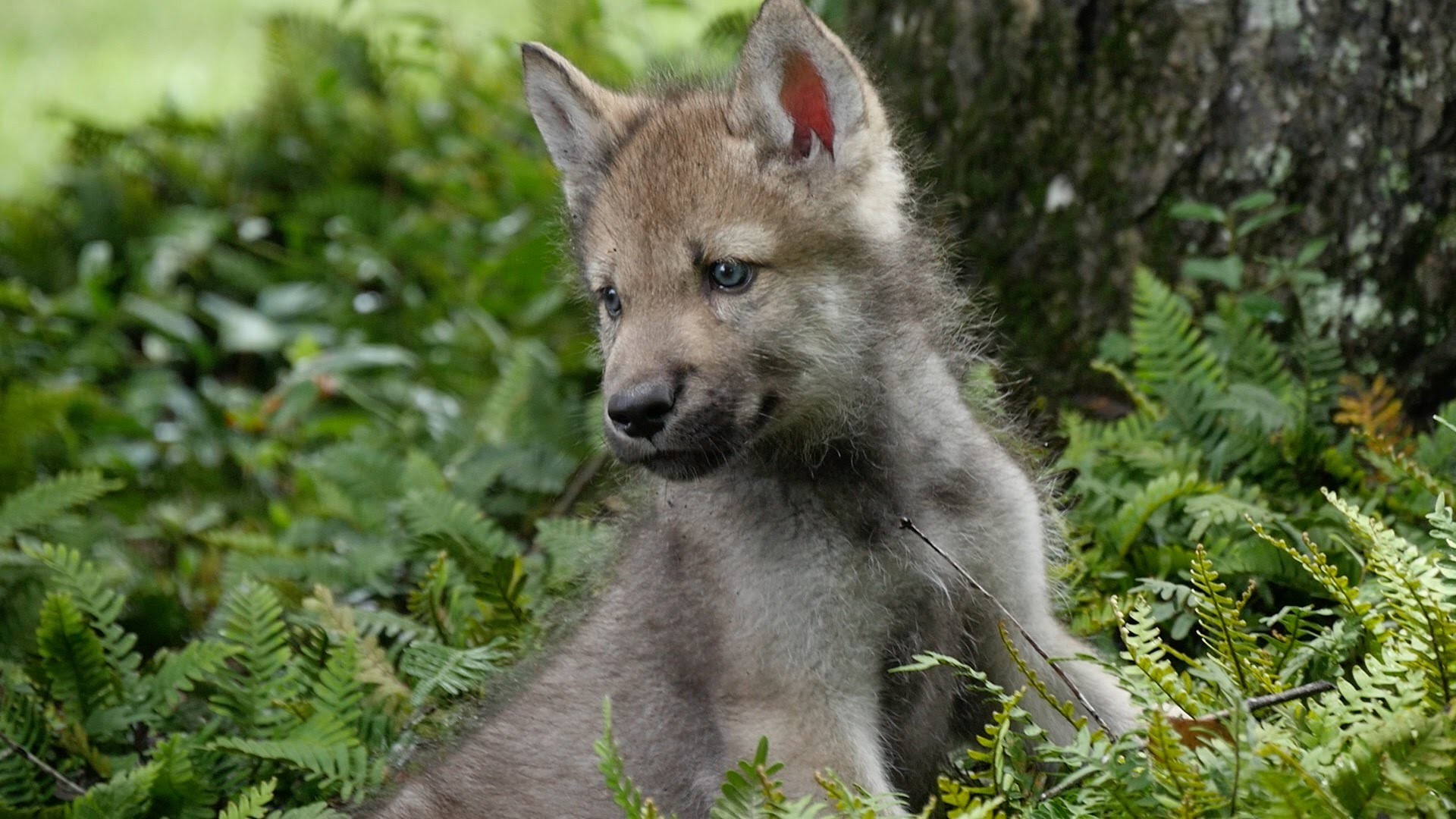

When they can confidently walk, they will leave the den. Their eyes are also closed at first, but they start to open and see around two weeks. The pups roughly weigh one pound when they are born. The pups will stay in the den until they are strong enough to go out into the wild, or at least until they are small enough to fit in their “home”. The den protects the pups from external threats, the weather, and any predators who might try to get to them. The den is typically a cave or a hole excavated into the ground, but it must be large enough to accommodate both the mother and all of her pups. Before giving birth, the mother will either build or discover a den that is suitable for babies. Wolf pups are born in the litter, with four to six babies on average. They are born in the litter and stay with their mothers for approximately two years. Early Life Of Wolf PupĪ wolf pup’s gestation period is roughly 63 days. Some wolves can detect sounds from up to 3.5 miles away.

Baby wolves develop exceptional hearing as they grow older. Their eyes darken, turning golden yellow, amber, orange, or even green! Some wolf pups may even develop mild gray eyes that can be mistaken for blue eyes from afar. The hue of their eyes changes as they grow older. The eye color of wolf pups is determined and inherited by their parents. Wolf pups have very beautiful light to dark blue eyes when they are born. What are baby wolves called is sometimes directly related to their physical characteristics. Wolves frequently move their cubs to different dens as they get older and mature. including holes in the ground, fallen trees, logs, tunnels, and even in the middle of the high grass. Dens for these canids can be made out of a variety of materials and in many different places. In most cases, when male wolves do not help, the female wolf is responsible for preparing the den before giving birth.ĭens are where female wolves give birth to their babies. This process includes digging the hole for them. Male wolves will occasionally assist in making the den more comfortable for the females. Before giving birth, the wolf will live in the designated lair. The wolf’s life will remain basically unaltered during the gestation period. This means that the name for what are baby wolves called is the same for all species. There are only three species of wolves, including gray wolves (Canis lupus), red wolves (Canis rufus), and Ethiopian wolves (Canis simensis).

Their habitat is found all around the world and is found in Asia, North America, and parts of northern Europe. Living Habitat Of Wolf PupsĪ wolf is a gregarious animal belonging to the Canidae family. However, it is mostly used in negative content and isn’t generally a compliment.Īfter discovering what are baby wolves called, let’s move on to learning about their characteristics and features, and maybe we can answer some of your questions about them. “Whelp” is a term that is occasionally used to describe a young person. Even though it may not sound as cute as a pup does, it is used as one of the names for baby wolves and it also refers to the act of giving birth. “Whelp” is also the name of what are baby wolves called, and it is often used to refer to the baby dog or wolf. Surprisingly, all of the following animals are called pups:Īnimals that are called pups, alongside other names, are: Did you know that even some rodents and shark babies are called pups? The term “pup” is used to describe the babies of many animals, including dogs. The set or the group of the pups that come from the same mother are called “Litter”.Īfter finding out what are baby wolves called, let’s move on to the other animals whose babies have similar names. So, you are wondering what are baby wolves called, right? Similar to baby dogs, wolf babies are called “pups” and sometimes “whelps”. What Animals Have A Similar Name As Wolf Pups? 8 Bottom Line – What Are Baby Wolves Called.3 Physical Characteristics of Baby Wolves.1 What Animals Have A Similar Name As Wolf Pups?.


 0 kommentar(er)
0 kommentar(er)
